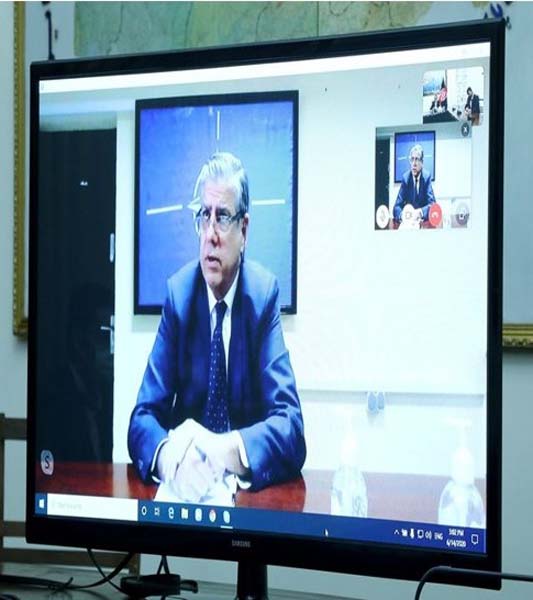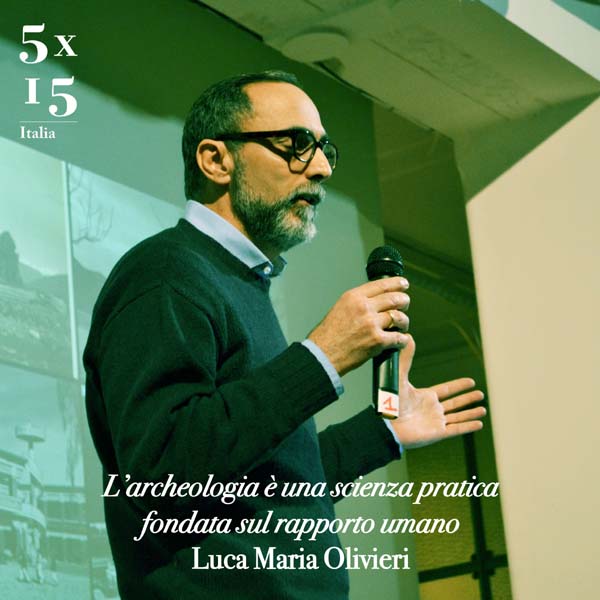
Luca Maria Olivieri one in a generation archaeologist: Ambassador Stefano Pontecorvo
Rome: Senior Italian diplomat Ambassador Stefano Pontecorvo said this week that Professor Luca Maria Olivieri was one in a generation archaeologist.
“Professor Luca Olivieri is a really one in a generation archaeologist. This finding confirms it. Outstanding,” he tweeted after the globally known archeologist discovered the most ancient Buddhist apsidal temple of Pakistan in Bazira area of Barikot tehsil in Swat.
The site was discovered by archaeologists of Ca’ Foscari University and Italian Archaeological Mission in collaboration with the provincial department of archaeology and museums.
According to Professor Luca Olivieri, the director of Italian Mission, it is possible to date the foundation of the Buddhist sacred structure to the Mauryan period, certainly to the 3rd century BC.
He said the sacred structure dates back to the Mauryan period. This was followed by a major reconstruction undertaken in the 2nd century BC.

When the Greeks arrived and refortified the city of Bazira, known to them from the times of Alexander the Great, they found an existing structure constructed during the Mauryan period at the time of Ashoka.
Since then, after the rule of King Menander in the mid-second century, the monument was enhanced and kept in function for centuries till the third and fourth century when it was eventually abandoned, as the Kushan city of Bazira was razed by an earthquake.
“This is an astonishingly important discovery as it attests a new architectural shape of Buddhist structure in Gandhara. We only have one other example of apsidal temple in a city at Sirkap, Taxila.
“However, the apsidal temple of Bazira is so far the earliest example of this architecture in Pakistan,” said Prof Luca.
He said that the new discovery was revolutionary because it was proving the presence of Buddhists since the third century in Swat.
The discovery also confirms the claim that Indo-Greek ruler Menander and his successors supported Buddhism.
The archaeologists unearthed not only a well-preserved four-metre high monument, the apsidal temple, but also one of the main streets of the ancient city leading eventually to the discovery of one of the gates of the city.
“We have found coins, among which a silver specimen issued by King Menander, an onyx-made seal decorated with a Hellenistic intaglio depicting the image of a youth in Greek attire with a Kharosthi inscription, a monumental Kharosthi epigraph, many other Kharosthi inscriptions on pots, and potsherds belonging to the Indo-Greek cultural horizon such as fish plates and polished black pottery that imitates Attic models,” said Dr Michele Minardi, another Italian archaeologist.
